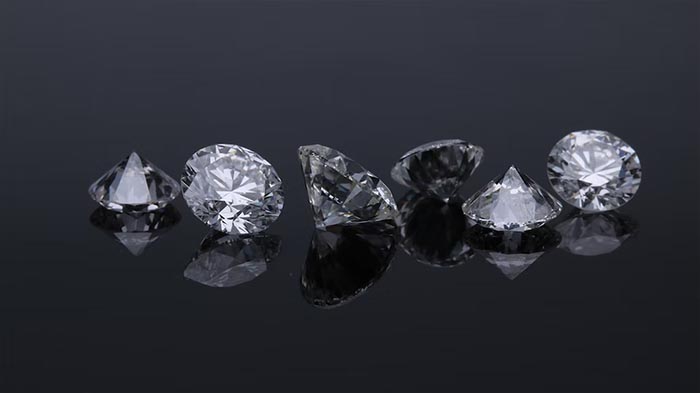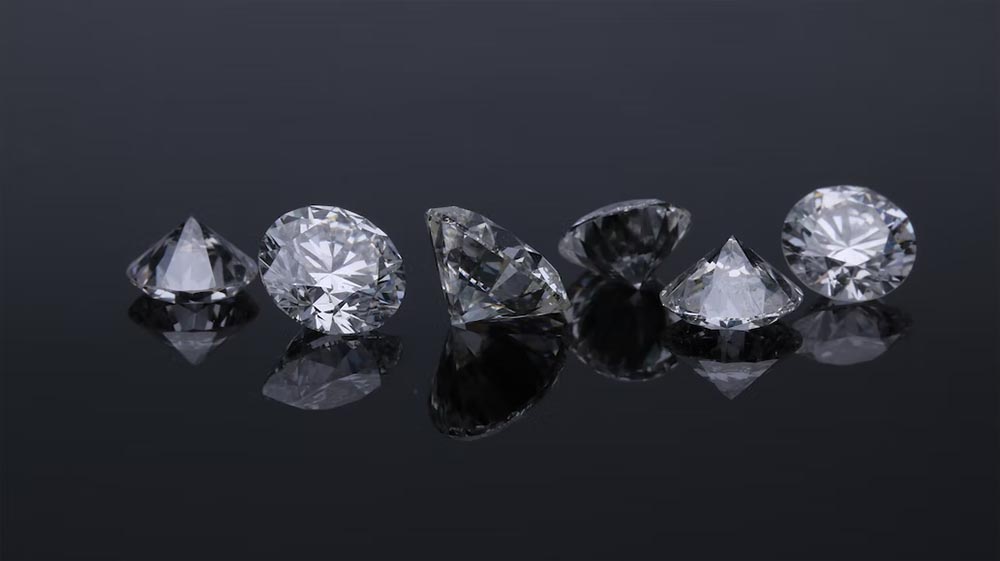A lab diamond, often called a moissanite, is often misrepresented as an artificial diamond. That is in fact not the case. Moissanites are real gems and are as close to diamonds as you are going to get without getting diamonds, although perhaps not in the way you might have thought.
So, what are moissanites? How are they real but not real diamonds? And are they perhaps worth your money? We explore in this guide to lab diamonds.

What is a moissanite?
A moissanite is a gem that is very, very close to looking, feeling, and being created like a real diamond. It’s created by the planet, much like a diamond, in a similar manner with a lot of pressure. To the naked eye it looks like a diamond, with its clear colour and impressive brightness. And it’s almost as hard as a diamond too.
However, it gets called a lab diamond due to its more affordable value, which comes due to the fact that they are typically man made rather than organically made by the planet. This one idea takes away the status and rarity that is inherent in the idea of a diamond, but it does mean that more of us can afford a diamond.
What are the differences between moissanites and diamonds?
Well, the most important difference is how it’s made. A moissanite is a gem that’s found in space meteorites, with a similar process to Earth-bound diamonds. In fact, an organically grown moissanite is a lot rarer, because it’s not exactly easy to get a hold of a meteorite. If that doesn’t make for a romantic backstory to a gem, like on an engagement ring, we don’t know what does.
But unlike the diamond, the process of creating a moissanite can be replicated in a lab. This means there isn’t a scarcity of man-made diamonds, there isn’t the unique element to them, and therefore the price comes down substantially.
However, a lot of that is about the mythology around the gem itself and is something that no one is going to know unless you tell them. And who goes around asking if your earrings are lab-made?
Instead, they would have to sniff out the moissanite by looking at it, so are there any physical differences between them and diamonds?
Well, yes. The moissanite is brighter. Really. A moissanite has a higher brilliance than diamonds, which means it reflects white light better for a brighter sparkle. However, it is colourless, unlike diamonds that give off a rainbow of colours when hit with a light.
But will it last? If you’re giving someone a diamond, especially if it’s a diamond engagement ring, you want it to last a symbol of commitment. And one of the most distinctive features of a diamond is its hardness. It is famously unbeaten in its hardness, but the moissanite comes very close. A diamond is at 10 on the hardness scale, where a moissanite comes in at 9.5. For reference, sapphires and rubies score 9 and emeralds score 7. So you know that if you buy a moissanite diamond, you’re getting something that is almost as durable as a diamond and will last just as long.
##





